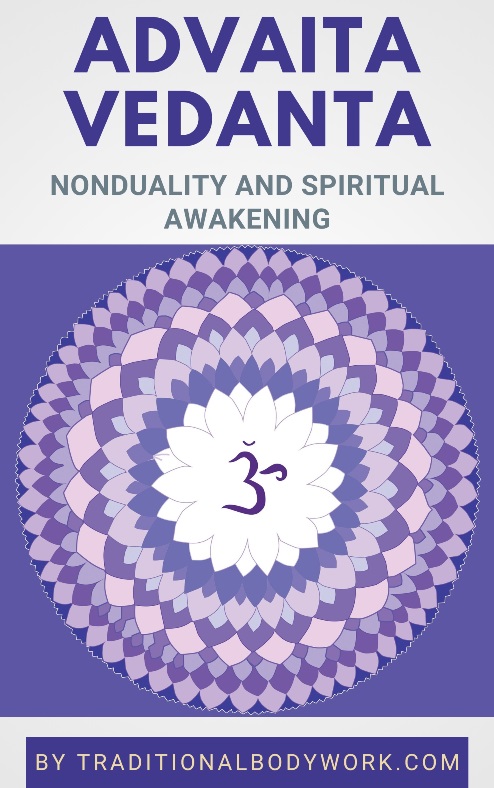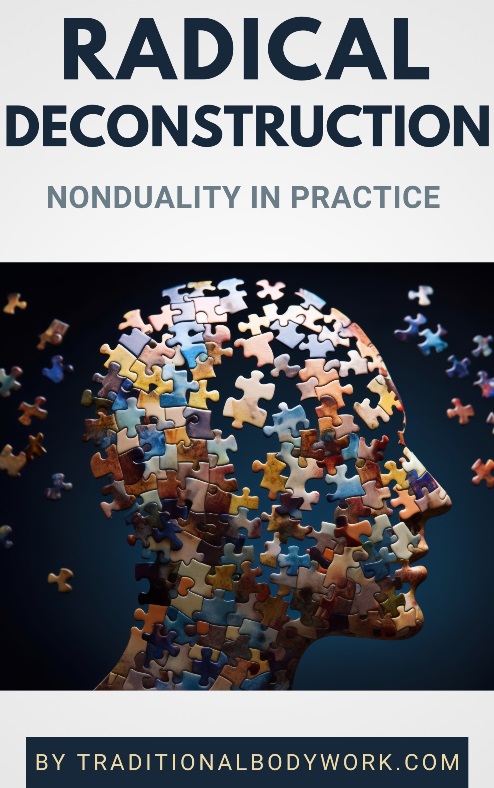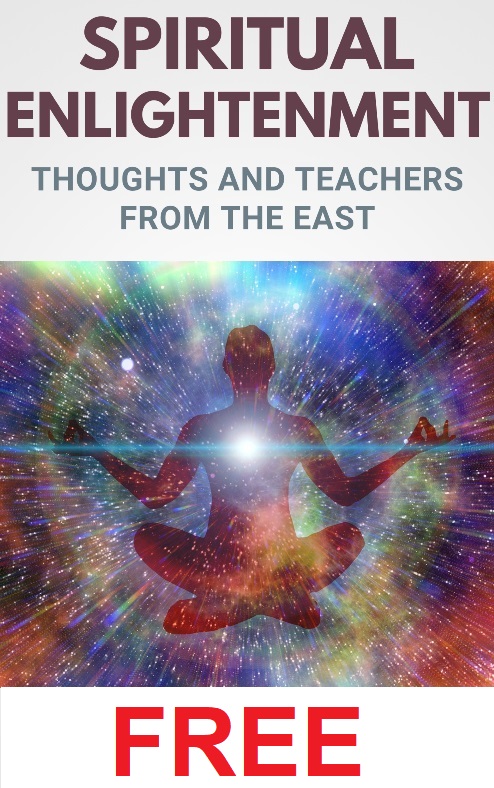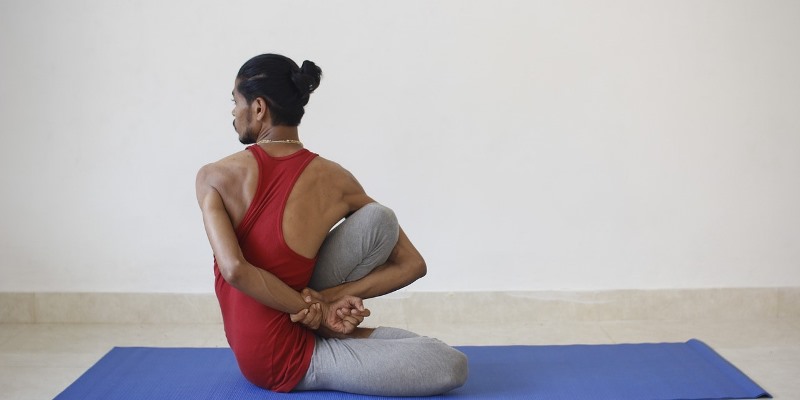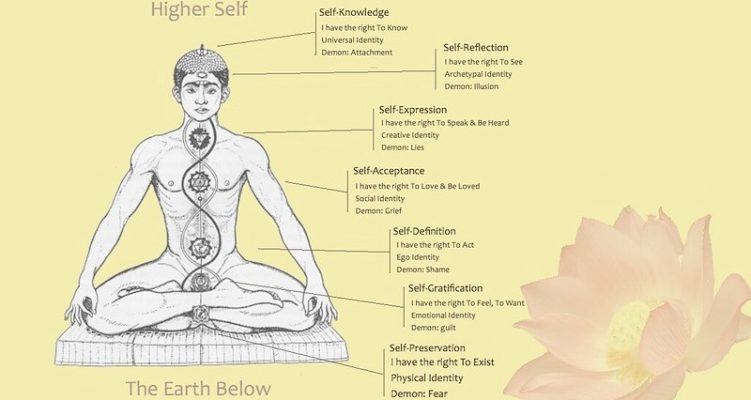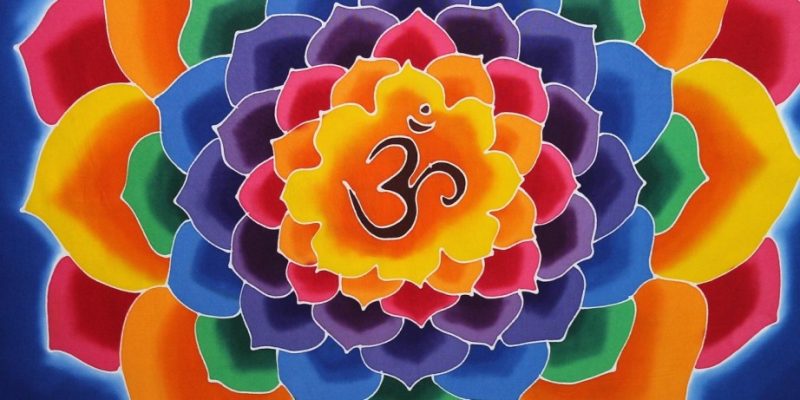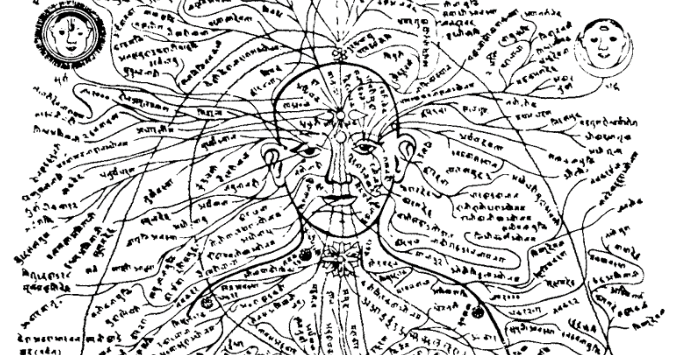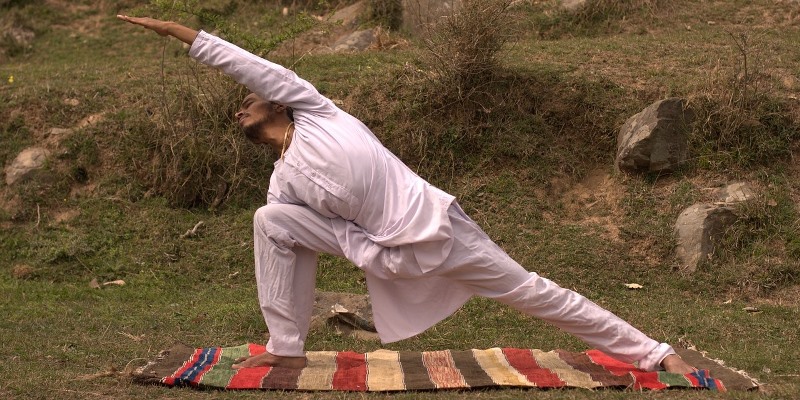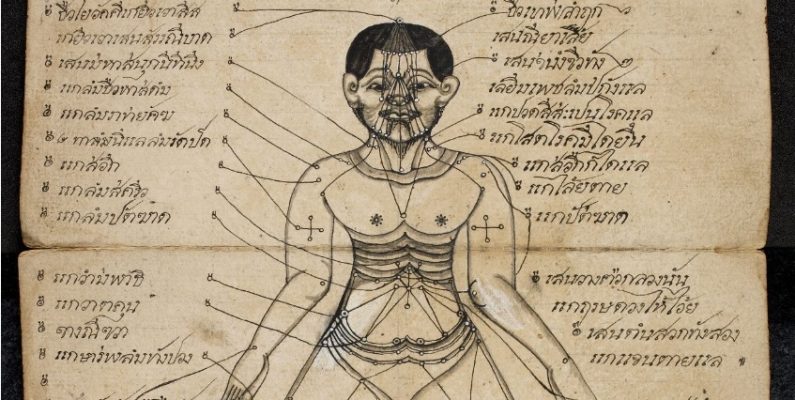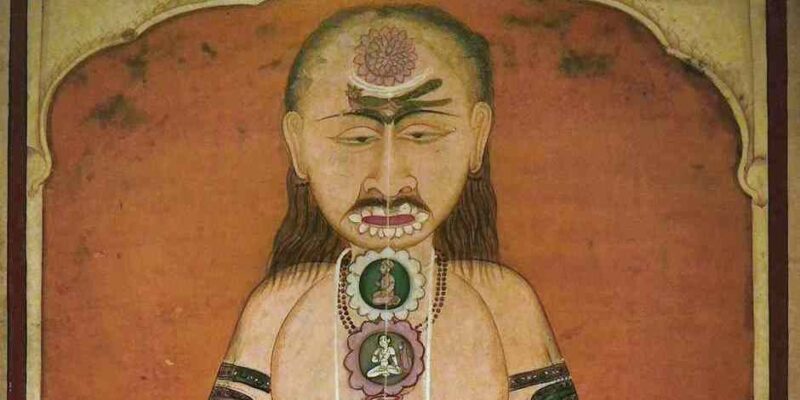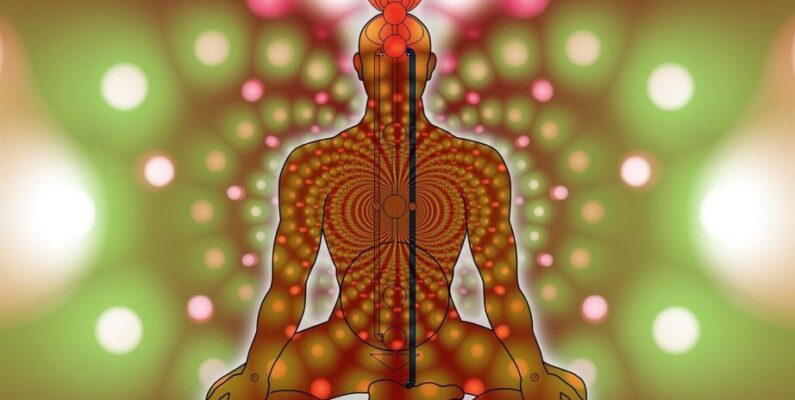
Ashtanga Yoga is Maharishi Patanjali’s classification of classical Yoga. Its philosophical basis can be found in the Yoga Sutras of Patanjali, which are a collection of Sanskrit sutras (aphorisms) on the theory and practice of Yoga, thought to have been written between 200 BCE – 400 CE.
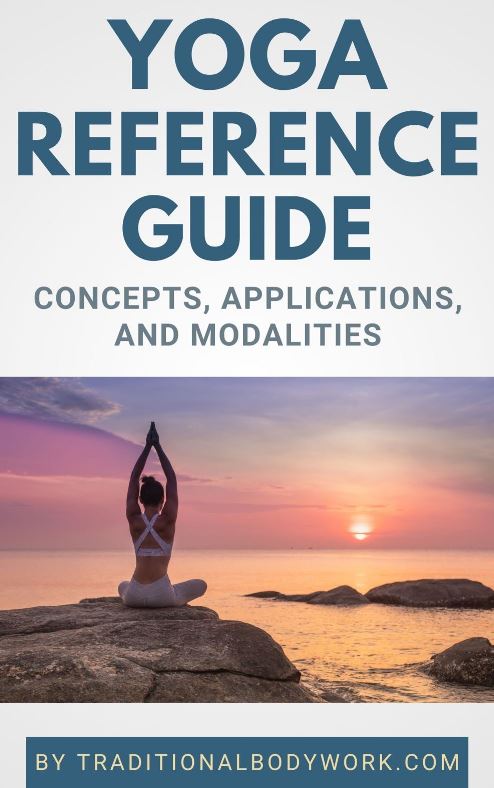
Today, the Yoga Sutras are considered the most important texts of classical Yoga philosophy, writings in which Patanjali explained and systematized the existing techniques and knowledge of his time. In fact, it’s believed that these sutras are a synthesis of three ancient traditions, lineages or schools of thought in India: Samkhya, Yoga and Abhidharma.
The word Ashtanga is composed of two components: Ashta (eight) and anga (limb), so Ashtanga Yoga means “the eight limbs of Yoga”.
The Yoga Sutras define Yoga as the quieting of the mind and the liberation from suffering by means of discriminative discernment. By following these eight “limbs” or steps as proposed in Ashtanga Yoga, one will able to realize the true nature of existence, quiet one’s mind, and reach Kaivalya (Solitariness or detachment).
The Eight Limbs of Ashtanga Yoga
1. Yama (Abstinences)
This limb is about principles, a kind of moral code to be followed, consisting of: Ahimsa (non-violence); Satya (truthfulness); Asteya (non-stealing); Brahmacharya (pure conduct, celibacy); and Aparigraha (non-possession).
Yama, by the way, has many similarities with the so-called Five Precepts of Buddhism: Refrain From Killing, Refrain from Stealing, Refrain from Dishonesty, Refrain from Sexual Misconduct, and Refrain from Taking Intoxicants.
2. Niyama (Guidelines/Observances)
This limb refers to the five observances, consisting of: Shaucha (purity); Santosha (contentment); Tapas (endurance/austerity); Svadhyaya (self-study, study of the Vedic scriptures); and IshvaraPranidhana (surrender to God).
3. Asana (Yoga Positions or Yogic Postures)
This limb is about the Yoga poses and positions, the discipline of the body. According to Patanjali, through the practice of Yoga Asanas the body is made strong, helping to provide the ideal vehicle on the path of Yoga.
4. Pranayama (Yogic Breathing)
This limb is about working with Prana, our breath and life force. Pranayama can be understood as an extension and control of breath.
5. Pratyahara (Withdrawal of Senses)
This limb is about the withdrawal of senses from their external objects, believed to be a vital preliminary step before the more advanced practices of the following limbs dharana and dhyana.
6. Dharana (Concentration on Object)
This limb is about training the mind to stay focused and concentrated on one object and its field. It’s about coming to one-pointed concentration.
7. Dhayana (Meditation)
This limb is about meditating, contemplating, and reflecting on whatever Dharana has focused on.
8. Samadhi (Total Self-Collectedness)
The last limb i.e. step is considered the highest state of mental concentration which unites a person with the highest reality.

It’s described as a state of pure ecstasy where there is no subject or object, that is, duality is transcended, and consciousness is aware of only consciousness. It’s sometimes used as a synonym to Kaivalya.
Please keep in mind that this is just a small overview and short explanation of Patanjali’s eightfold path of Yoga. We can see that Ashtanga Yoga practice is much beyond just doing the Asanas or a short meditation during a Yoga session, it’s really an in-depth philosophy and proposed lifestyle to be able to reach what we can call Self-Realization or Enlightenment.
Be aware that many times the term Ashtanga Yoga is used as a synonym to Ashtanga Vinyasa Yoga, the latter being a modern style of Yoga as Exercise, popularized by Sri K. Pattabhi Jois (1915-2009). Nevertheless, these are two very distinct styles or paths of Yoga.

